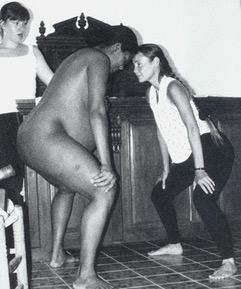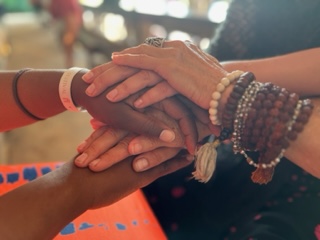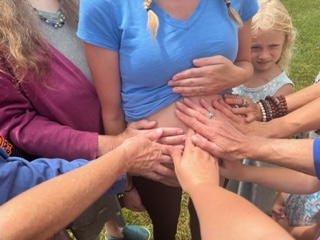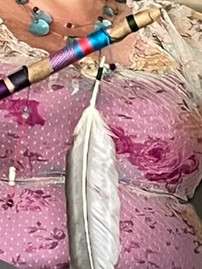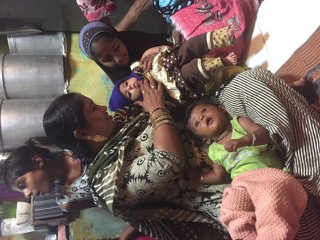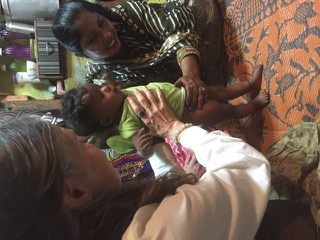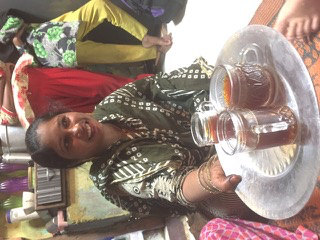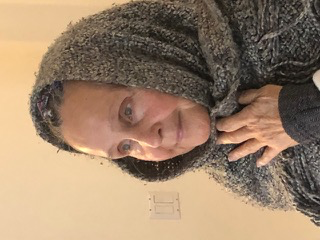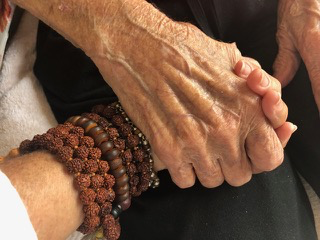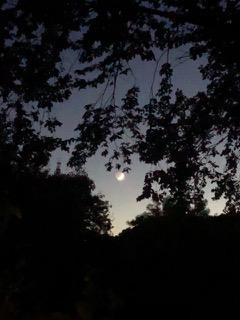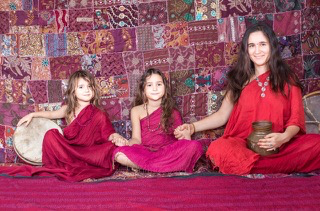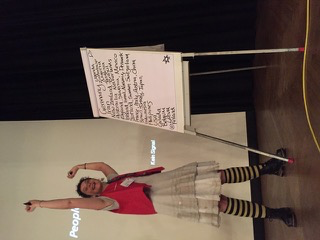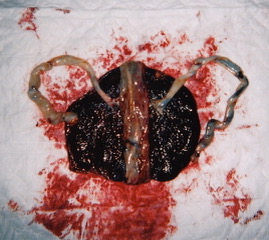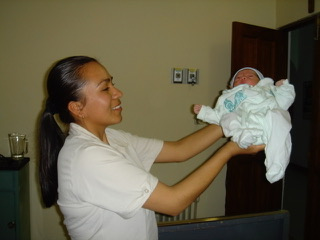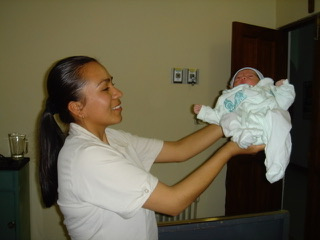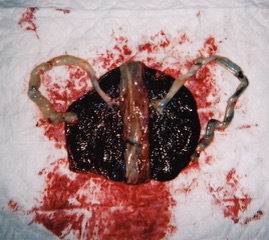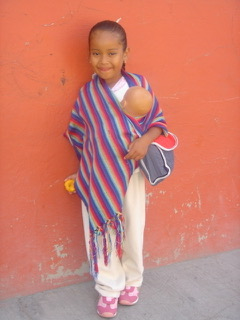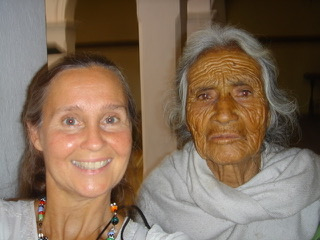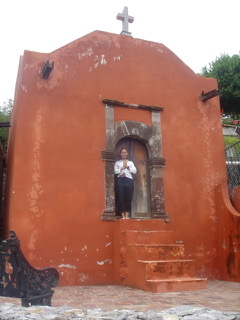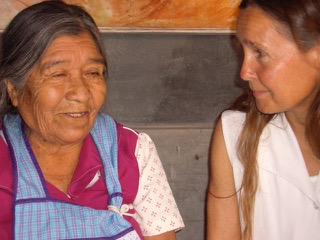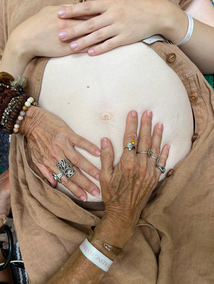Kneeling before the Elders
- Sister MorningStar
- Sep 13, 2023
- 10 min read
Kneeling before the Elders
by Sister MorningStar

Doña Cuca and I sat next to each other looking down at the ground. She was sad. I was too. She spoke of the changes happening in her village around birth. The wimyn were trusting the hospital more than the use of rebozo and sobada (1). The young ones were not interested in a midwife path. She felt the feeling of disappearance. The dissolving of a life she had lived and loved. I told her the loss had already happened for my people and in my land. We sat together. Sad about it all.
I remembered meeting her years before at a gathering of traditional midwives. I had asked her, “Doña Cuca, how many babies have you seen come into this world?” She responded, “Lord knows, Estrellita! One grows up and along comes another!”
Beyond my deep love and respect for the wisdom ways and skills that I have witnessed and learned at the side of worldwide traditional midwives, is my awe of their capacity for raw and real practical insight.
Doña Hermila was famous for her knowledge and application of natural herbs. She traveled throughout her country teaching. Health agencies, including branches of the World Health Organization (WHO), often recorded her. She was a legend among her people. She arrived one night to an international convention where many aspiring non-Mexican midwives hustled to greet her. Her son carried a truckload of large bags filled with wild herbs, which were to be her teaching material for the week. Students of many disciplines and countries gathered around in awe to ask her questions and permission to pose with her for a picture. It was well past dark; they had traveled a long day to reach the city.
“Son! Bring me my tonic!” she demanded.
“No, mother! Not that! Not now! Now here!” he insisted.
“Bring me my tonic!” She shouted and won the debate.
Reluctantly he returned with a Coca-Cola.
The students were in shock. “Doña Hermila, you could create any healthy tonic you want from these powerful herbs no matter what ails you! Why?” They stood baffled.
Doña Hermila looked at them more baffled. “These herbs are for folks who are sick! I’m not sick! I’m tired.”
Doña Guadalupe taught me to assess the difference between a term or premature baby by the softness or hardness of the baby’s head when doing a sterile yoni exam. It was a hard-earned lesson after a deeply dividing birth outcome that had affected her entire village. Doña had sent one of her mothers to us for help because she was going blind and was too tired to do another birth that night. She had leaned over from her cot, checked the mother, and told her she could make it to our little clinic in time and we would help her, no charge. The mother arrived and received an ultrasound, along with physician-led palpation, confirming a small, early baby. The medical staff did an SYE (WHAT DOES THIS STAND FOR?) exam, which confirmed rapid progress. The decision was made to transfer the mother to a bigger hospital with NICU capabilities to handle the “premature baby.” The staff at the general hospital decided on a quick surgical delivery for prematurity. The baby was born vigorous and term. The family couldn’t pay the costs for delivery and the whole village compiled monies to help. It affected a spiral of distrust. Doña Guadalupe taught me to trust the solidity of the bones for dating over machines and medical assessments. It is still humbling as I recall that hard-earned lesson. Maybe sharing that experience here will save you or a baby from enduring unnecessary interventions.
I learned to humble myself to kneel before the wise elders who have served their people from the dawn of time in villages with few resources as we know them. Not all actions were wise but wise are the ones who live long and have seen much. They won my love, respect, and devotion.
Doña Juanita taught me the sacred power of touch and rebozo. Of walking from village to village to do all day visits in the home of the mother rather than having her walk to see us. She taught me how to keep my body strong and care about everyone this new baby would call family. She taught me about touch that can’t be learned in books. About eye contact and when not to look. About subtle and strong uses of rebozo and sobada and what cloths and oils are rightly blessed and by whom. She taught me what she had been taught. That everything matters and what doesn’t matter at all.
She asked me a question I still do not have the answer for. “Estrellita, why are we called ignorant and harmful when we lose a baby? We hear your country loses children to suicide and car accidents. We don’t lose any of our children that way. Why are we bad and wrong but you all aren’t? We want to learn from anyone and anything that will help us take better care of our mothers and babies. But no one asks to learn from us. Why, Estrellita?”

Doña Leonora taught me so deep and much about spirituality and changing times and evil eyes and how to respect a Limpia (2). Her


birthing room had icons of all versions of Mary and a crucifix with Jesus wearing a large draped cloth covering his naked body. Doña Antonia asked, “Why do you have an image of a man in a birth room?”
Doña Leonora replied, “Doña Antonia, times are changing! Some of the birthing mothers say they believe in Jesus more than Mary. So for them I have Jesus, but covered up. What else can I do!”
There were icons of the suffering Mary, the sorrowful Mary, the sacred heart of Mary, La Virgin de Guadalupe, and all variations that matter to the minds, hearts, and souls of the people. It was within that little birth room that we participated in a Limpia. We had brought foreigners into her birth room and a cleansing was necessary before another birth could take place there. I learned the importance of energies, both subtle and not so subtle. You can read more about this kind of power in The Power of Women (3).
Doña Antonia taught me the mysteries and power of word medicine and to keep asking, “Is it true?” One night we were tired after three births and the next young mother was tired, too. She sang out, “!No puedo! I can’t! !Voy a Morrir! I am going to die!”
Doña Antonia responded, “Yes, yes, we are all going to die, but us wimyn, we are not going to die in childbirth! (4) You are tired and there is still a ways to go before baby will come. We are tired, too. Let’s all rest. Close your eyes. Sigh deeply. Long and deep. Come with me. Let’s leave this place of discomfort and fear. We will use our minds. Let’s go someplace calm, cool, beautiful. Let’s go to the forest with a waterfall. Yes, let’s sit beside the stream and relax. The birds and flowers sound and smell so beautiful. This is a much better place to be. Let’s refresh ourselves in the gentle waterfall. So refreshing. Easy to rest. To take a rest.”

The mother listened and then drifted into a deep calm. For many minutes we all stopped the effort of birth and rested. After some time the clean energy returned. Baby was born soon after. The mother did not die. She fell in love again.
In our first homebirth together, Doña Antonia and I were present with a young girl birthing her first baby while sharing the room with chickens and a pig. The spirit of Mother Mary was with us. The mother wore a cloth image of the holy mother around her neck. Soon the two madonnas’ love filled the room as the baby made her first cry of life. Doña Antonia began to clamp and cut the cord immediately.
I said, “We can wait.” A moment later she reached with a clamp and scissors again.
Again, I was timidly bold, not meaning to advance non cultural ideals, but I said, “We can wait.”
“How long, Estrellita?”
“We can wait until the placenta comes out,” I said simply.
“No! The baby will die!” She said, with the color draining from her face. The mother was not noticing us. She was in love with her baby. The placenta came straight away and we then clamped and cut the cord as Doña Antonia wished.
She told me later that she had taken the TBA (5) training and they had taught them the cord must be clamped and cut immediately or the blood from the baby will drain back into the placenta and the baby will die. She said when she was only eight years old she had attended a birth because her mother was at another birth and she cut the cord immediately and blood had spurted uncontrollably out of the baby. It had frightened her horribly and she was glad for the WHO instruction on what to do.
Now this! Our baby was thriving! Doña Antonia was in a crisis in consciousness. I could see in her face the utter confusion. What to believe? Who to believe? It was our first homebirth together! I talked with her about the heart of the baby pulling oxygen through the cord and the cry beginning to pull oxygen, too. The more baby is breathing, then less cord oxygen is needed. More breath and less oxygen from the cord until the cord is just white and not blood blue. I spoke about how the baby pulls the blood from the placenta and not the other way around. How baby might need the cord oxygen and, even if not, there is no need to hurry the mother and disrupt their bonding. The baby will not die. Our baby was thriving. The mother and baby were happily discovering each other.
The next morning while we were in clinical rotations at the little maternity hospital, Doña Antonia asked the obstetrician and the pediatrician what would happen if you birthed the placenta before cutting the cord. “Antonia! Never, ever, ever do that! The baby will die!” They admonished her.
She said nothing. Later she said to me, “Estrellita, if that is not true, what else have we been told that is not true?”
We watched twins birth on different days and weeks. We watched breech babies “bicycle” their way into this world untouched. We saw the next generation desire the midwife path. We taught them what we knew. We went on to work for decades together and we both still ask ourselves as we learn from every birth, “Is it true?”

Janeb is a dai (6) for her informal community in Mumbai. She taught me the positive power of a village midwife and how to cherish and be cherished. How to feed the poor with soup and tea. To sing and smile with the children and to advocate for a safe place to pee in the night. How to stay in a pack. How to know your

value and by whom. Janeb helped twins, breech, early, late, sick, and abused women of all ages and sizes give birth in dignity and delight with a midwife who faced difficulties with a faith and a smile.



Lara, of London, midwifing the refugees under the London bridge, taught me how to sing through loss and tears when struggle, hunger, fear, and ethnic displacement have captured the soul of the people without a home. Our community has created so much song to enliven the maiden, mother, crone journey. You can take any song and make it your own. You can create the words that fit your culture and current needs.
As wimyn who bleed and do not die, we must rewrite our stories and rewrite the songs. Some wimyn don’t just give birth to a baby. They rebirth their tribe.
The beloved, strong, and beautiful wimyn of the motherland of Russia taught me how to make promises and keep a secret. How to hold to the old wisdom ways and how to bring back what is lost. How to use hot and cold baths for health and healing. How a sauna means multiple baths, tea, cakes, and wimyn talk. Julia befriended me in spite of our language barrier. She had disciples who were helping her bring back the old traditions of the great grandmothers. She sang the prayers that go with the closing of the bones. The teachings are carried through ballads. She took me to an underground cave, where I immersed myself in the culture and countless herbal vats. Oils mixed with fragrant tree leaves and flowers and seeds were prayed into my skin and hair on a concrete slab while her disciples learned her wisdom ways through repetition and devotion. I was forever changed.




Queen Natasha, Priestess Katerina, Mama Yaga, hundreds of caring and loving midwives who are stars in my night’s sky shared their wisdom, stories, questions, and insistance that prenatals are an all-day experience. It was in their forest that I found the remnants of the great Baba Yaga and in their land that I learned the wisdom of primate movement and primal water play for mothers and babies. If I can pass on even a glimpse of the bright ember that forever glows in my heart because of their generous love, it will be my greatest way of thanksgiving to this great sisterhood.
And what of Norway, Australia, deep parts of India, Russia, Mexico, England, Greece, Israel, and occupied territories yet unnamed? What about my lineage before the currently occupied territories have been named? What about my lineage of stories that still live strong in my veins? The power and wisdom of grannies who knew how to keep a premature baby alive in the winter with droppers and woodstoves and great love? My granny taught me how to gather nuts in the autumn and wild greens in the spring. To gather clean water from the creek for drinking and washing. To mend the wounded body and mind and heart. To listen and to cry and to laugh in right timing. To make sacred one’s actions and words. To watch for the ways of predators whose luring kindness can cover lies and traps. To stand in the night and listen for the season’s songs. To look up at the stars and talk back.

“Little one, look into the night forest! What do you see with your two eyes?” Granny asked me.

I looked. I

looked long and hard and I could see more with each passing, silent minute. I looked before I answered. I looked long and hard.
“You are looking with your two eyes,” she whispered. “But a thousand eyes are looking at you!”
I learned to look with a thousand eyes. Kneeling before the elders, I have learned to look with a thousand eyes.
Notes:
Rebozo is sacred cloth used in pregnancy and labor for realigning baby or pelvis. Sobada is massage. Both address comfort and coordination and take skilled hands and wisdom.
Limpia is a cleansing ritual to discern clean spirits and correct unclean ones.
MorningStar, S. The Power of Women: Instinctual Birth Stories. 2009. Eugene, Oregon: Motherbaby Press.
Nearly every family had a mother or sister or cousin or close friend who had died in childbirth. Doña Antonia was talking to her spirit and calling it to stay with us. To join us with claiming life.
TBA is a Traditional Birth Attendant, a term created by WHO to Distinguish the word midwife as defined by ICM (International Confederation of Midwives).
Dai is a traditional midwife in India.
Sister MorningStar has dedicated a lifetime to the preservation of instinctual birth. She birthed her own daughters at home and has helped thousands of other women find empowerment through instinctual birth. She is the founder of a spiritual retreat center and author of books related to instinctual and spiritual living. She lives as a Cherokee hermitess and Catholic mystic in the Ozark Mountains of Missouri. Visit her on the web at: www.sistermorningstar.com.
The Power of Women: Instinctual Birth Stories: When women embarked on their journey into womanhood and motherhood, stories from their grandmothers, great-grandmothers and ancestors came forth through songs, stories and what appeared as mythological tales. Upon hearing these stories, women became empowered to do what all women from which they came were able to do: give birth instinctually.


